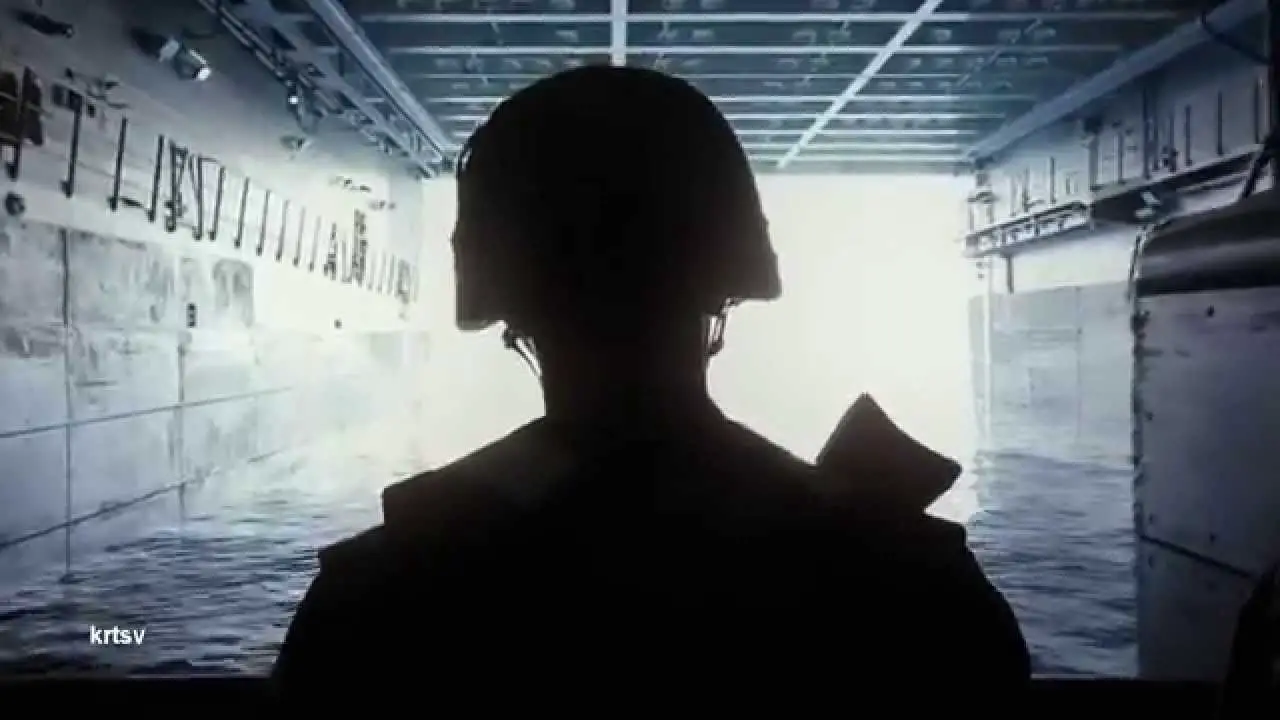The Spanish Navy (Armada Española) is the maritime branch of the Spanish Armed Forces and one of the oldest active naval forces in the world. The Spanish navy was responsible for a number of major historic achievements in navigation, the most famous being the discovery of America by Christopher Columbus and the first global circumnavigation by Magellan and Elcano. For several centuries, it played a crucial logistical role in the Spanish Empire and defended a vast trade network across the Atlantic Ocean between the Americas and Europe and across the Pacific Ocean between Asia and the Americas.
The Spanish Navy was the most powerful maritime force in the world in the 16th and 17th centuries and possibly the world`s largest navy at the end of the 16th century and in the early 17th century. Reform under the Bourbon dynasty improved its logistical and military capacity in the 18th century, for most of which Spain possessed the world’s third largest navy. In the 19th century, the Spanish Navy built and operated the first military submarine, made important contributions in the development of destroyer warships, and achieved the first global circumnavigation by an ironclad vessel.
Subordinate to the Spanish Chief of Naval Staff, stationed in Madrid, are four area commands: the Cantabrian Maritime Zone with its headquarters at Ferrol on the Atlantic coast; the Straits Maritime Zone with its headquarters at San Fernando near Cadiz; the Mediterranean Maritime Zone with its headquarters at Cartagena; and the Canary Islands Maritime Zone with its headquarters at Las Palmas de Gran Canaria. Operational naval units are classified by mission and assigned to either the combat forces, the protective forces, or the auxiliary forces. Combat forces are given the tasks of conducting offensive and defensive operations against potential enemies and for assuring maritime communications. Their principal vessels include a carrier group, naval aircraft, transports, landing vessels, submarines, and missile-armed fast attack craft. Protective forces have the mission of securing maritime communications over both ocean and coastal routes, securing the approaches to ports and maritime terminals. Their principal components are frigates, corvettes, and minesweepers. It also has marine units for the defense of naval installations. Auxiliary forces are responsible for transportation and provisioning at sea and has diverse tasks like coast guard operations, scientific work, and maintenance of training vessels. In addition to supply ships and tankers, the force included destroyers and a large number of patrol craft.
Until February 2013, when it was decommissioned because of budget cuts, the second largest vessel of the Armada was the aircraft carrier Principe de Asturias, which entered service in 1988 after completing sea trials. Built in Spain, it was designed with a “ski-jump” takeoff deck. Its complement was 29 AV-8 Harrier II vertical (or short) takeoff and landing (V/STOL) aircraft or 16 helicopters designed for antisubmarine warfare and to support marine landings.
The InfanterÃa de Marina is the marine infantry of the Spanish Navy. It has a strength of 11,500 troops and is divided into base defense forces and landing forces. One of the three base defense battalions is stationed with each of the Navy headquarters. “Groups” (midway between battalions and regiments) are stationed in Madrid and Las Palmas de Gran Canaria. The Tercio (fleet — regiment equivalent) is available for immediate embarkation and based out of San Fernando. Its principal weapons include light tanks, armored personnel vehicles, self-propelled artillery, and TOW and Dragon antitank missiles.
As of 2016, there are approximately 78 vessels in service within the Navy, including minor auxiliary vessels. A breakdown includes; one amphibious assault ship (also used as an aircraft carrier), two amphibious transport docks, 11 frigates, three submarines, six mine countermeasure vessels, 23 patrol vessels and a number of auxiliary ships. The total displacement of the Spanish Navy is approximately 220,000 tonnes.
As of 2012, the Armada has a strength of 20,800 personnel. The main bases of the Spanish Navy are located in Rota, Ferrol, San Fernando and Cartagena.















